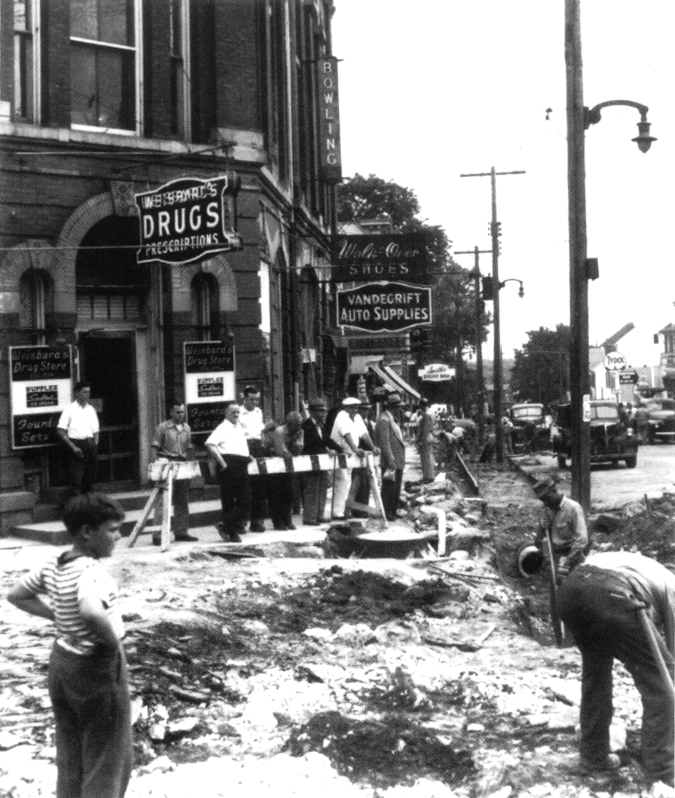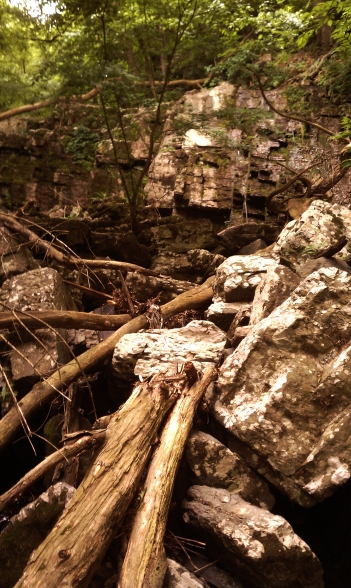In the March of 1789, John Carcaddon made a grisly discovery beneath the floorboards of Hanna’s Brew House in Newtown. Stuffed into a drain beneath the floor was the month-old body of a dead child. He later testified:
he took up a pine Board of the floor to throw the water into it being a drain, and after throwing of a considerable quantity of Water off, the passage appeared to be stopped and upon examining the cause found a hair Cloth under which I found the Infant wrapped in an old piece of Calico
The coroner called an inquest, and a jury was convened to determine the circumstances of the child’s death. Witnesses were called, and suspicion soon fell on a woman named Phebe Stover. Catherine Clucker was called before the jury and testified:
that Phebe Stover was taken Ill in the night about a Month ago, that her husband proposed sending for a Doctor, that she would not consent to it, next day she came into my room continued Ill, that Doct. Torbet was sent for, that he came two different times, that Doct. Asked her how long she had been with Child she answered about four Months and a few days—that she and her Husband frequently quarreled—that she [illegible] this deponent that she thought she had miscarried but would not tell her
The doctor, Samuel Torbet, confirmed her story, reporting:
that he was called upon by the Husband of Phebe Stover that he went with him and found her very Ill, her symptoms I thought were such as threatened a Miscarriage—and found she had been in that situation for some time—and proceeded to treat her as one in that situation—she told me she had been pregnant about four Months and a few days to the best of her knowledge—that he saw no symptoms of her having Miscarried that he told her if she had not already Miscarried she certainly would
It seems clear that the Phebe Stover miscarried, but it’s a mystery why she would attempt to dispose of the body in this disturbing manner.
Today, the County Coroner looks into the death of anyone who dies without being attended to by a doctor. In the early years of Bucks County only exceptional deaths were investigated, and the early coroner’s records are far less frequent and are mostly dedicated to violent, accidental, or otherwise suspicious deaths.
(Source: Bucks County Coroner’s Reports, #20, March 13th, 1789. In the collection of the Bucks County Historical Society)




